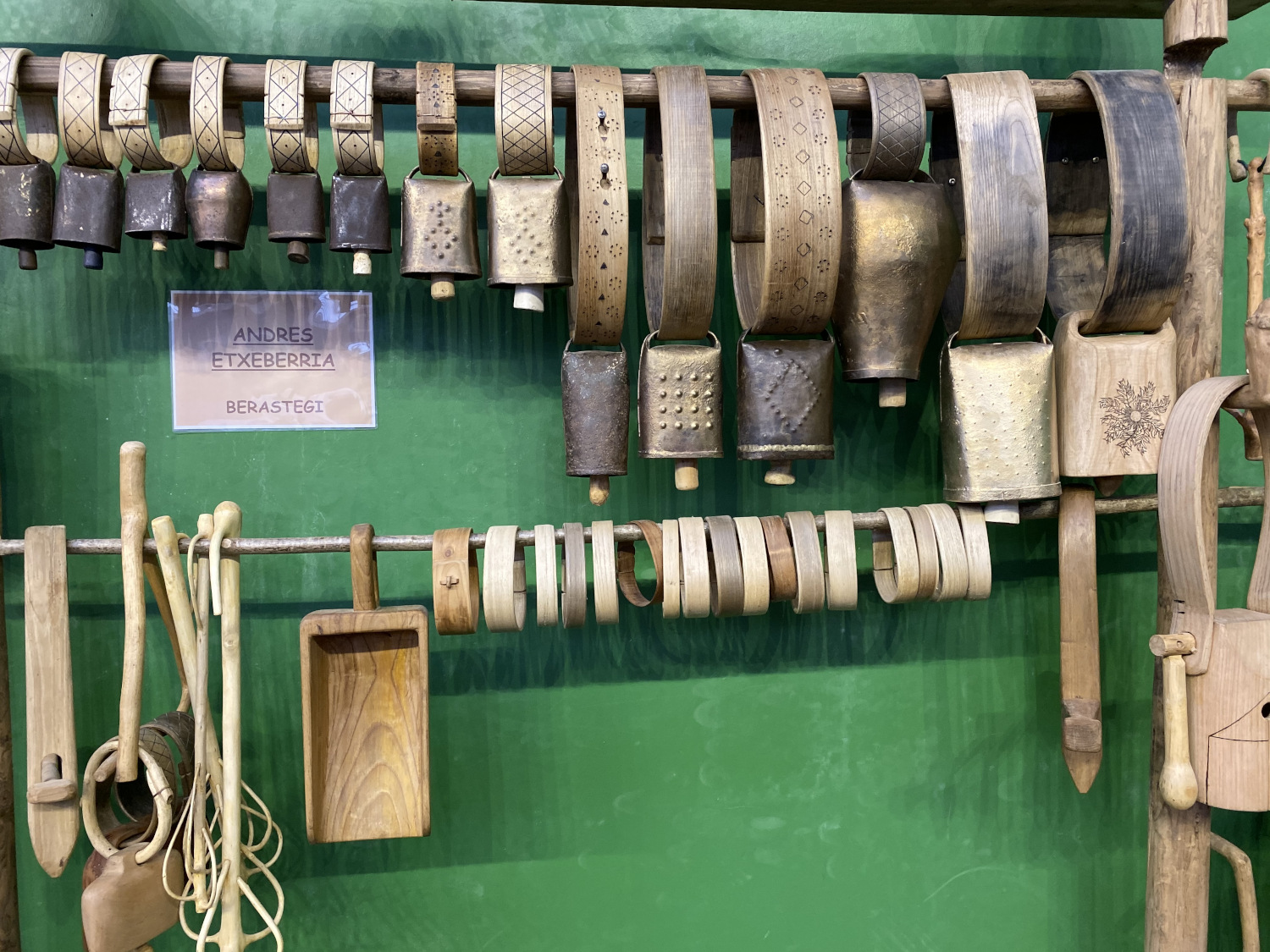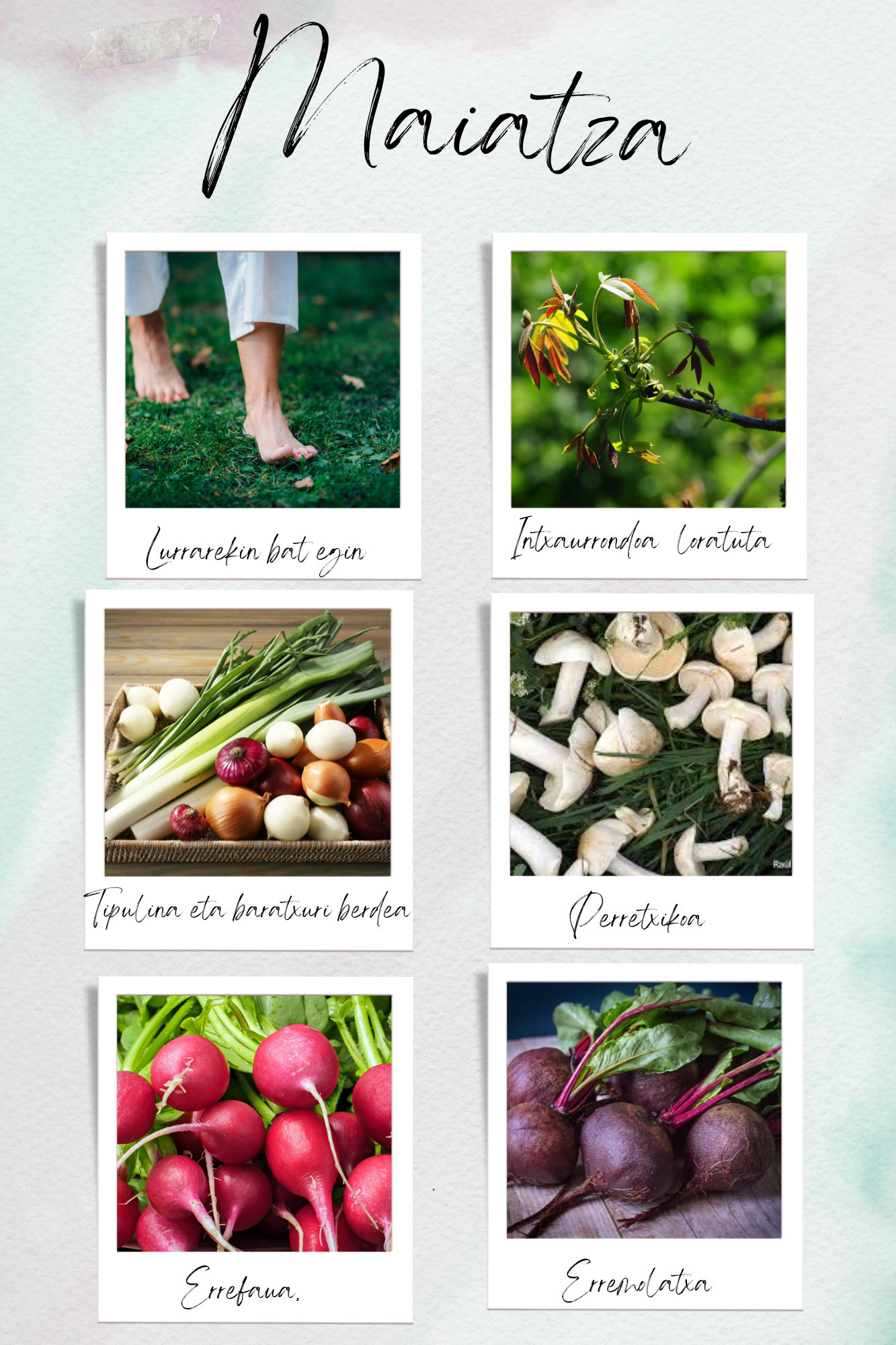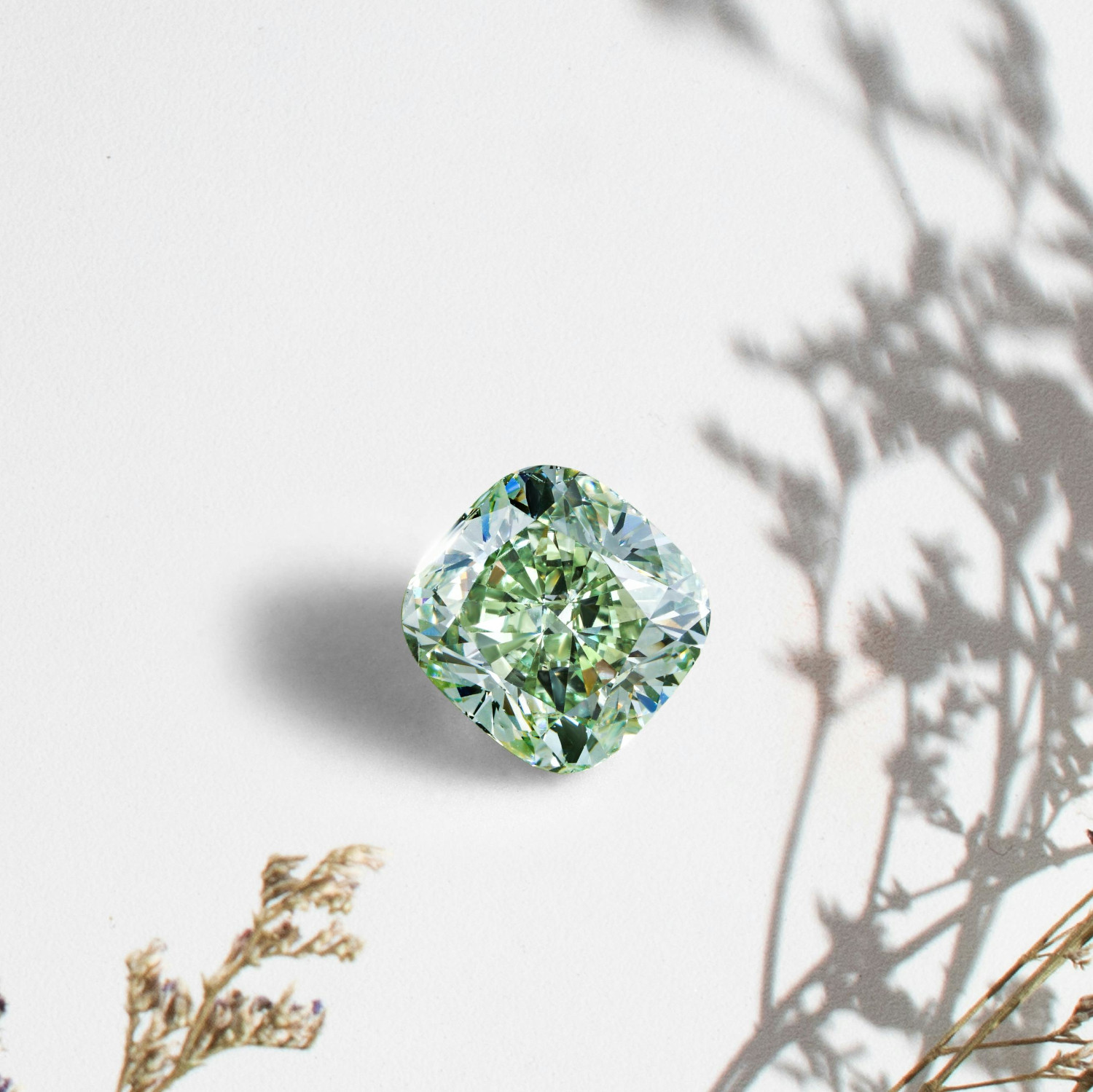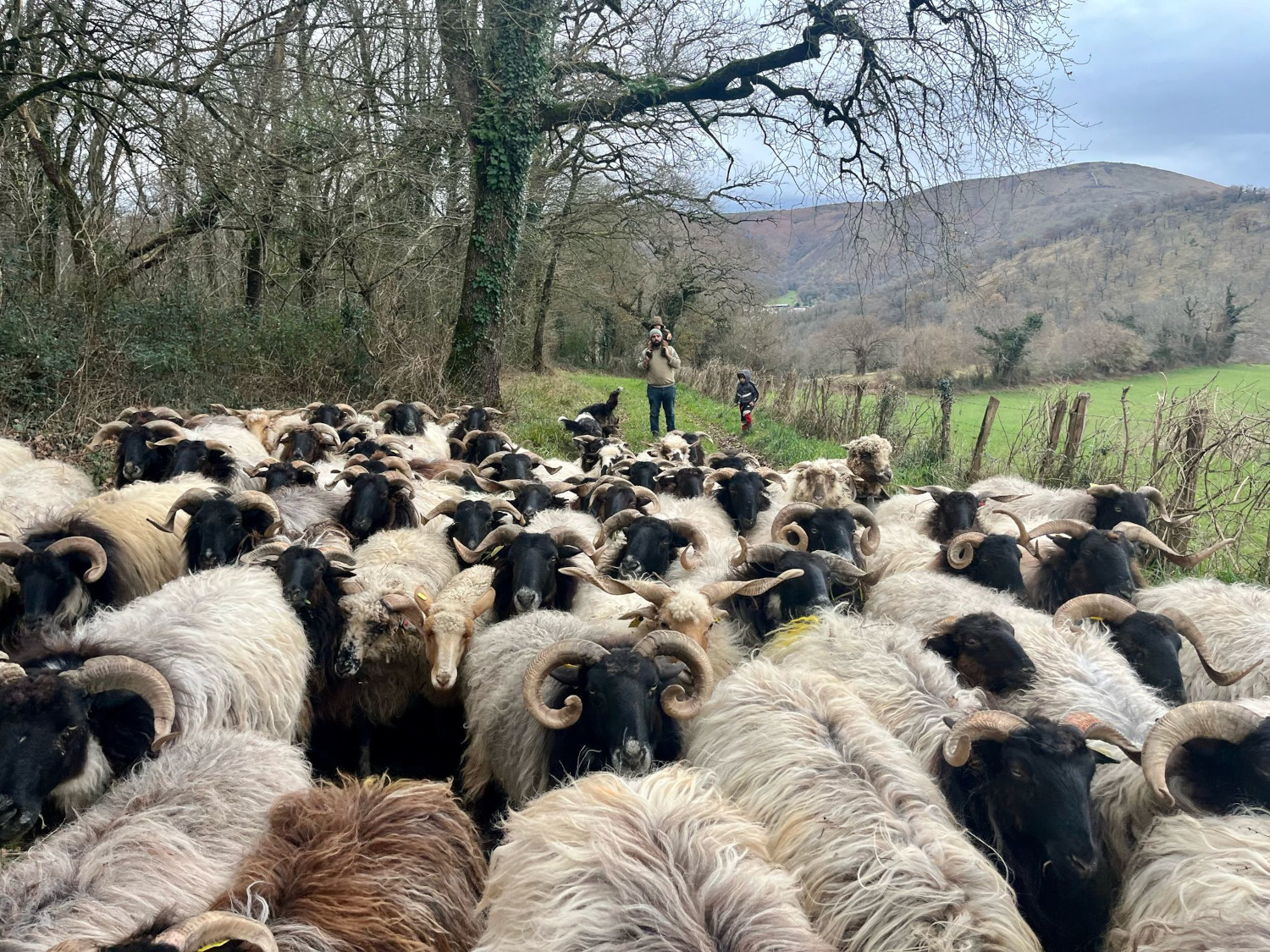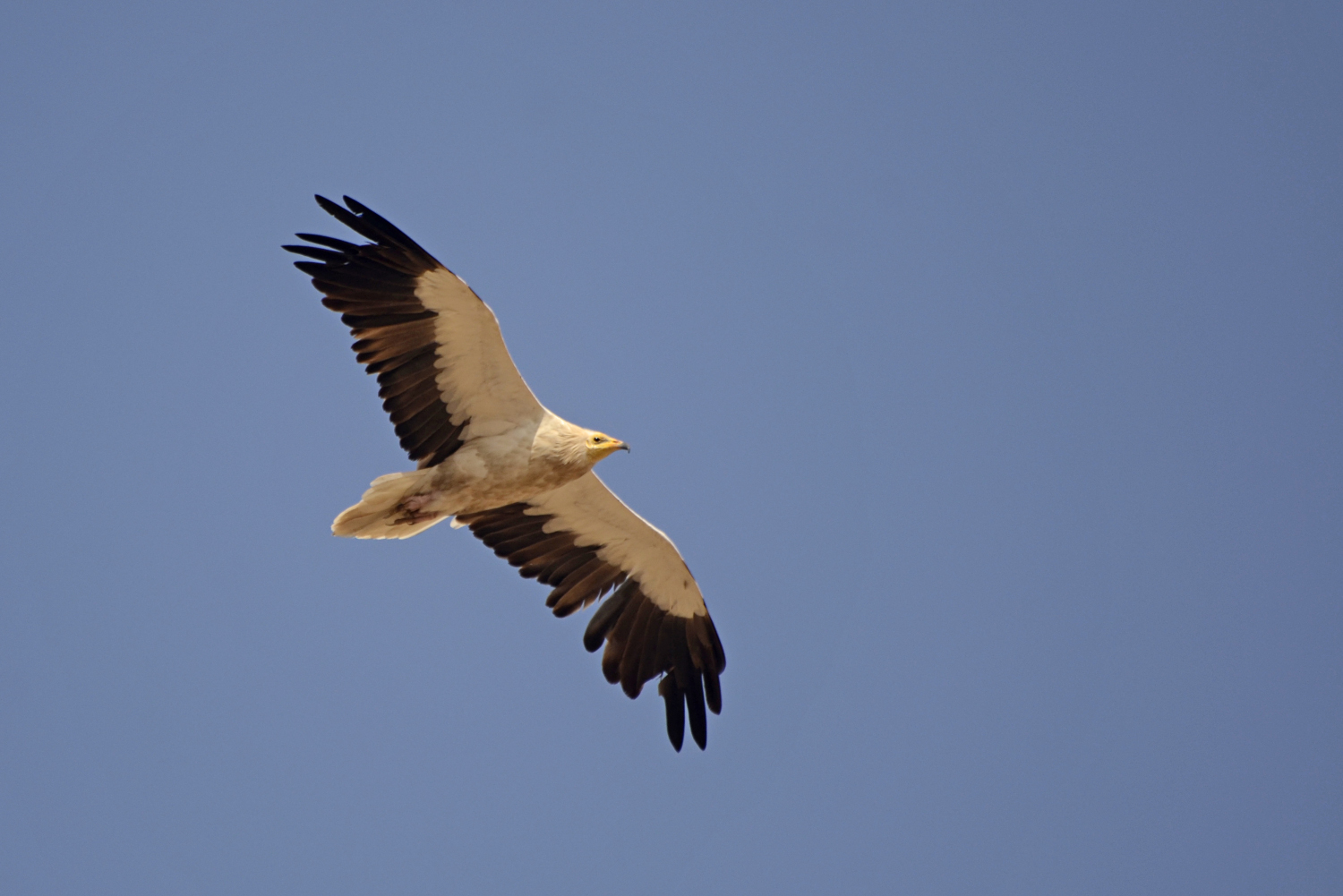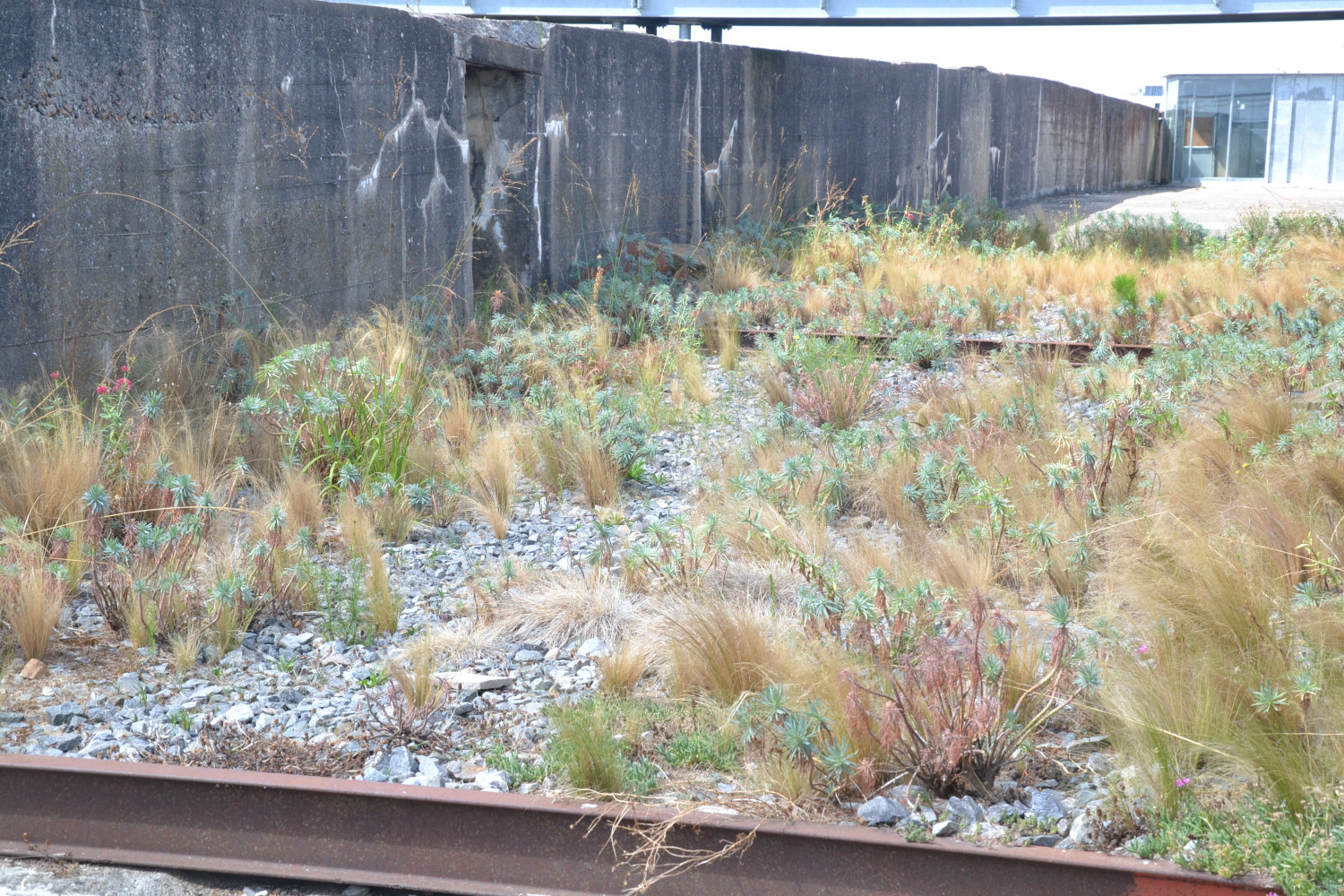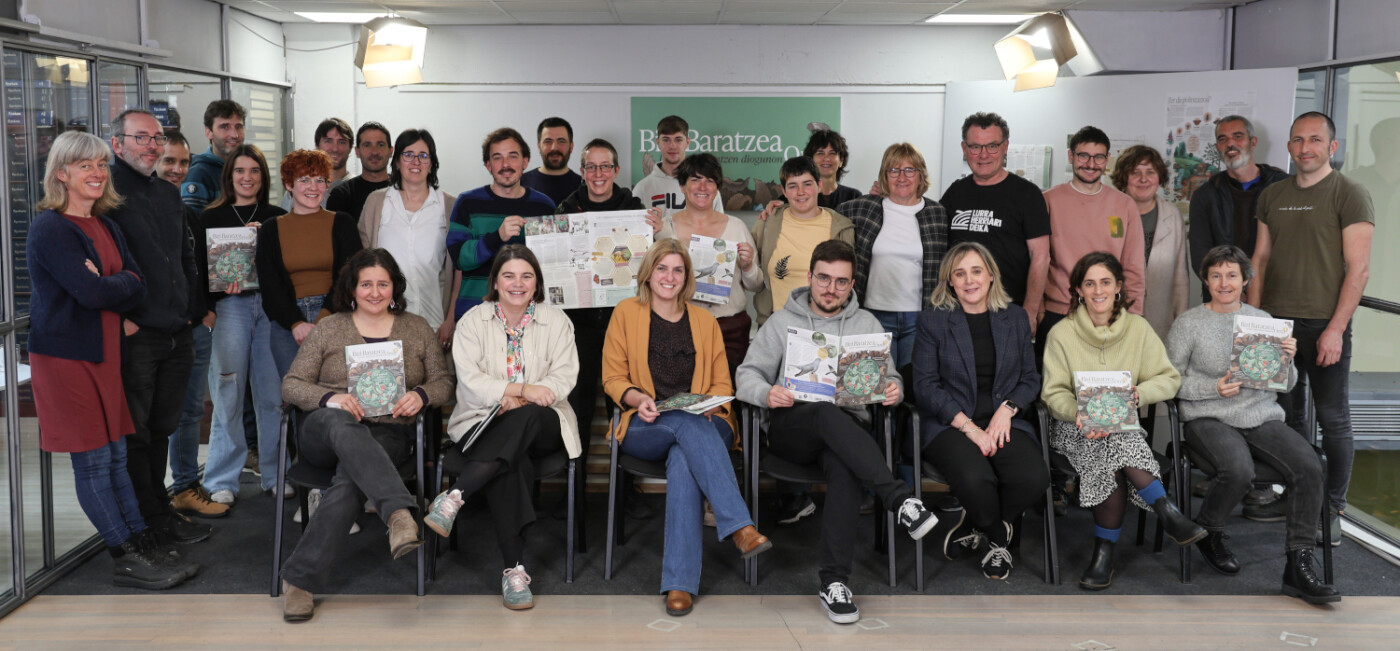Lacrimation and tears
- They say that we are born in tears to this life. I do not remember anything that day, but if that is the case I would do perverse fisheries. In plants, fishing, work, or Maya, as far as our knowledge reaches, we don’t know it at least… If the struggle we have to eradicate our species gives us time, we may one day know the rims of the plants.

Yes, they are trees and bushes in a weeping way. Through mutations or hybridization there are branches with ascending or horizontal growth typical of normal plants, but totally descending. From these branches, weeping plants are formed from grafts and other grafts. In the trees, these specimens are very striking and are increasingly seen in each other. This downward growth of all branches builds a unique vertical structure tree and it's called a weeping, and we should call it a pendant or a lentil.
Leaving shapes, tears and crying, in our imagination they will come later. Now the winter dream is being organized. Collect chlorophylls and their scarce food on the leaves in the warehouses of the trunk and of the roots; protect with scales the eyes, nesics or cistern trucks, which provide new leaves, buds and flowers that dress spring; etc.
The new era will bring the rite of tears. The tear will appear on the battered plants. Especially when working to give fruit. It also occurs in fruit trees, but especially in those of a climbing character, in the vine (Vitis vinifera) and in the kiwi (Actinidia deliciously). Lacrimation is a consequence of pruning. The short branch and the new sweat, with their absolute joys and joys, meets the open and cut pipe of their way, which comes from the bor-bor roots. The aromatic sweat that provokes the reappearance of the plant has no choice but to fall dripping from the wound. Every wound in tears, tears, tears. In La Rioja they tell him that the vineyard is crying. Crying that indicates a new shape before seeing the leaves.
From the spring comes another cry: the bird crying. This is called a fluid-shaped resin that the plant produces with sweating in response to a condition that enters the wounds of the trees that produce fruits with bone. Orange, semi-transparent, similar to the fluid produced by the candle that melts, soft in its formation but then hard. Poetic crying of birds.
All crying comes from wounds, at least in plants…








